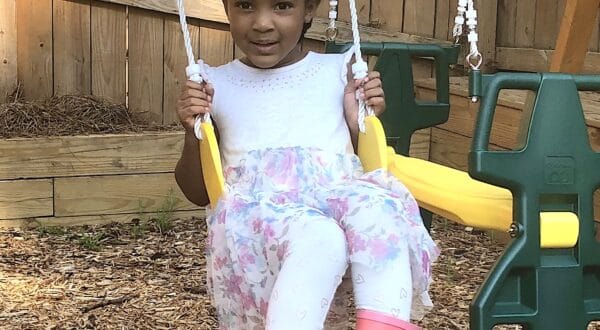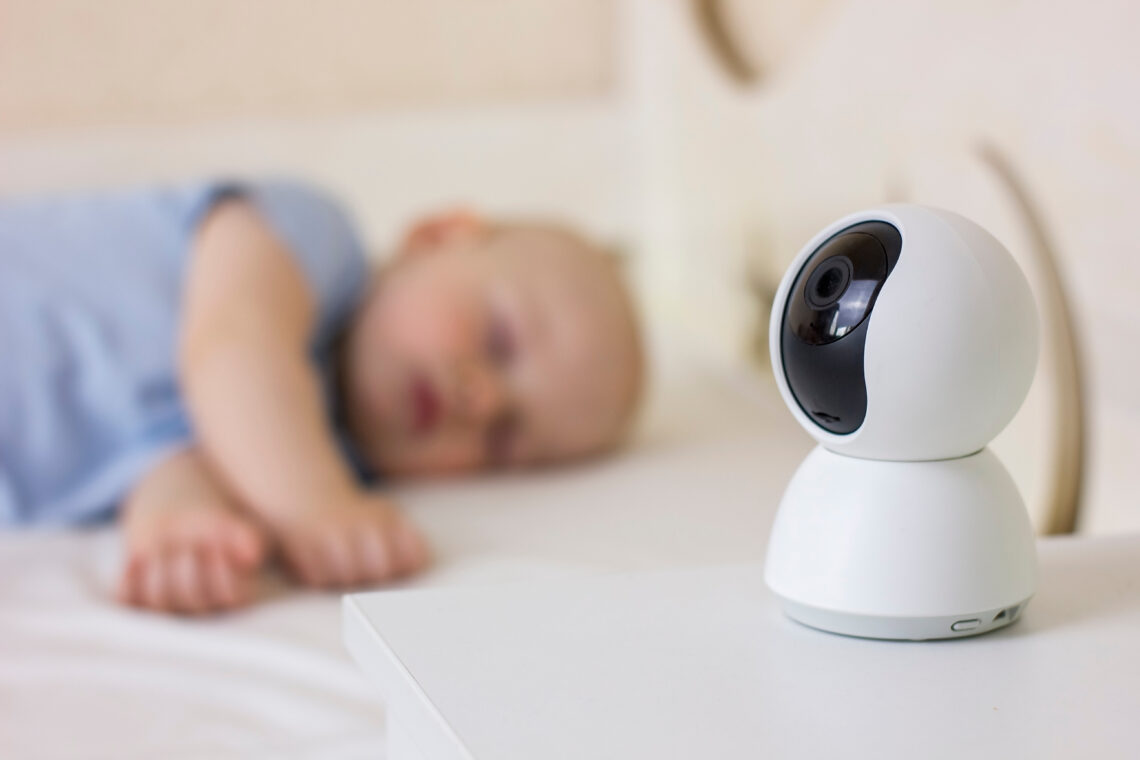
What New Parents Need To Consider When Buying A Baby Monitor
Welcoming a new baby into your life is a journey filled with joy, challenges, and a slew of decisions that can feel overwhelming at times. There is no all-in-one handbook to help us make decisions for our babies, but at KTB, we do out best to provide guidance on some of the important tasks!
Among some of the important decisions is the choice to purchase a baby monitor and which kind. This tool that has become indispensable for modern parenting as our extra set of eyes and ears, providing peace of mind while our little ones sleep or play.
In this post, you will find some important factors we need to consider when buying a baby monitor:
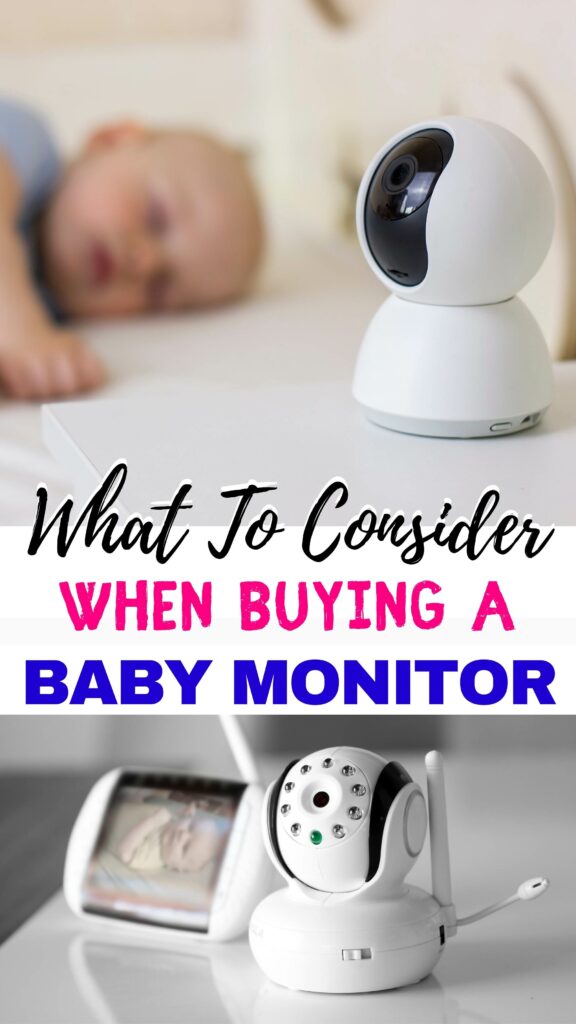
Choosing The Perfect Baby Monitor
We hope you like the products we recommend. Just so you are aware, Keep Toddlers Busy may collect a share of sales from the links on this page. As an Amazon Associate I earn from qualifying purchases. Read more about our links in my disclosure policy.
1. Know Your Baby Monitor Needs
Before exploring various options, such as LeapFrog baby monitoring technology, take a moment to assess your personal unique set-up and details at home. Think about the size of your home, the range you’ll need, and whether walls or floors might block the signal.
Also, consider your lifestyle. Do you travel often? Do you need a portable model? Is your internet strength efficient? Do you need close range video? Do you want both sound and video? Answering these questions will narrow down your choices and point you toward a monitor that fits your life like a glove.
2. Understand The Different Types Of Baby Monitors
There are mainly three types: audio, video, and movement monitors. Audio monitors are great for hearing your baby’s various sounds, while video monitors allow you to both see and hear your baby. Movement monitors alert you if there’s a lack of movement in your baby’s crib.
Furthermore, recent advancements have introduced monitors with AI capabilities, offering more sophisticated movement detection and sleep tracking. These features provide detailed insights into your baby’s sleep patterns and overall well-being, making modern monitors more versatile and helpful in monitoring your child’s safety and health.
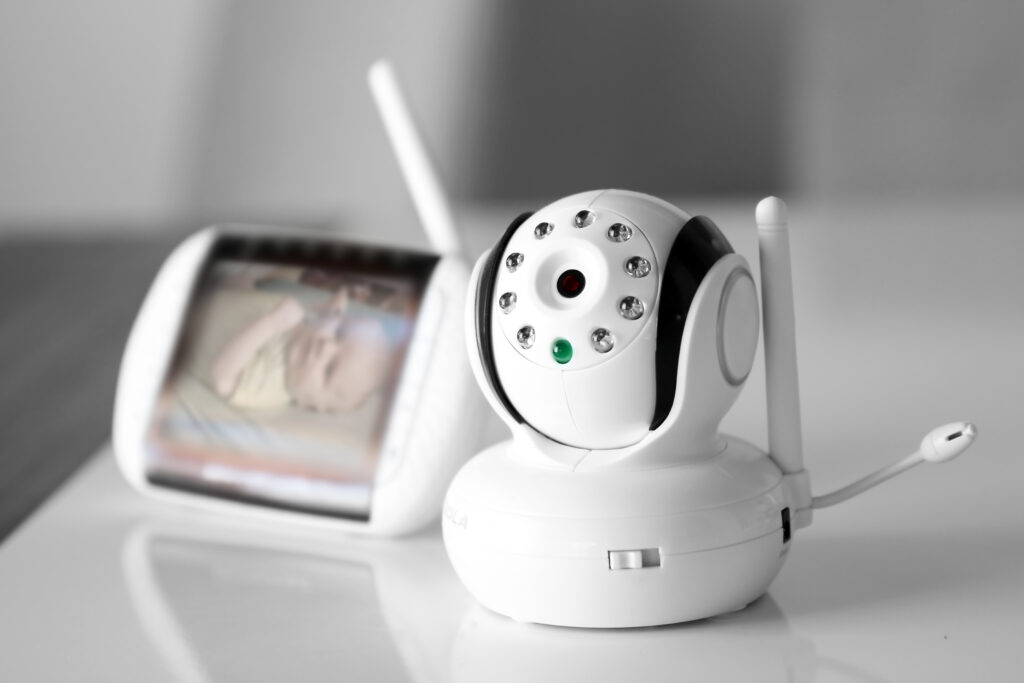
3. Consider The Key Features To Look For
When comparing baby monitor options, it’s crucial to keep an eye out for features that enhance the device’s functionality and your overall peace of mind. The following functionalities may help keep your home and family safe:
- Adjustable Camera Angles: If you’re opting for a video monitor, look for one with a camera that can pan, tilt, or zoom remotely. This feature allows you to get a better view of your baby, even if they move around in their crib or play area.
- Temperature Sensors: Some baby monitors come with built-in temperature sensors that alert you if the nursery becomes too hot or too cold. This is an invaluable feature for keeping your baby comfortable and safe throughout the year.
- Two-Way Audio: Monitors with this feature enable you to speak to your baby through the monitor, providing comfort with your voice even when you’re not in the same room. It’s also handy for communicating with a partner who’s in the nursery.
- Sound Activation: Look for monitors that have a sound-activation feature, which mutes the background noise and only transmits significant sounds, like your baby crying. It also helps reduce unnecessary noise and helps conserve battery life in cordless models.
Incorporating these features into your decision-making process will ensure that the baby monitor you choose is not just a monitoring device but a comprehensive tool for ensuring your baby’s well-being and peace of mind.
4. Keep Safety And Privacy Concerns In Mind
The security of baby monitors is a critical consideration. Opt for models with encrypted signals to prevent unauthorized access to live feeds, ensuring that your precious moments remain private.
Encrypted signals make it significantly harder for outsiders to intercept the video or audio transmitted from the monitor to your receiving device. If you’re leaning toward a Wi-Fi model, it’s imperative to ensure it features robust security protocols and the ability to update its firmware.
Regular firmware updates are vital as they often include patches for newly discovered security vulnerabilities. By keeping your device’s software up-to-date, you can protect your family against potential cyber threats.

5. Consider Your Budget
Baby monitors come in a wide range of prices, and it’s essential to find a balance between cost and quality. While it’s tempting to go for a cheaper model, remember that this is an investment in your peace of mind.
That said, you don’t need to break the bank. Set a budget, but be willing to adjust if it means getting a monitor that meets all your needs.
6. Read Reviews and Ask For Recommendations
You’re never alone in your parenting journey. Online reviews and forums are treasure troves of information should you get a baby monitor. See what other parents are saying about the baby monitors you’re considering. Ask for recommendations on social media or parenting groups.
Firsthand experiences can provide insights that you won’t find in product descriptions.
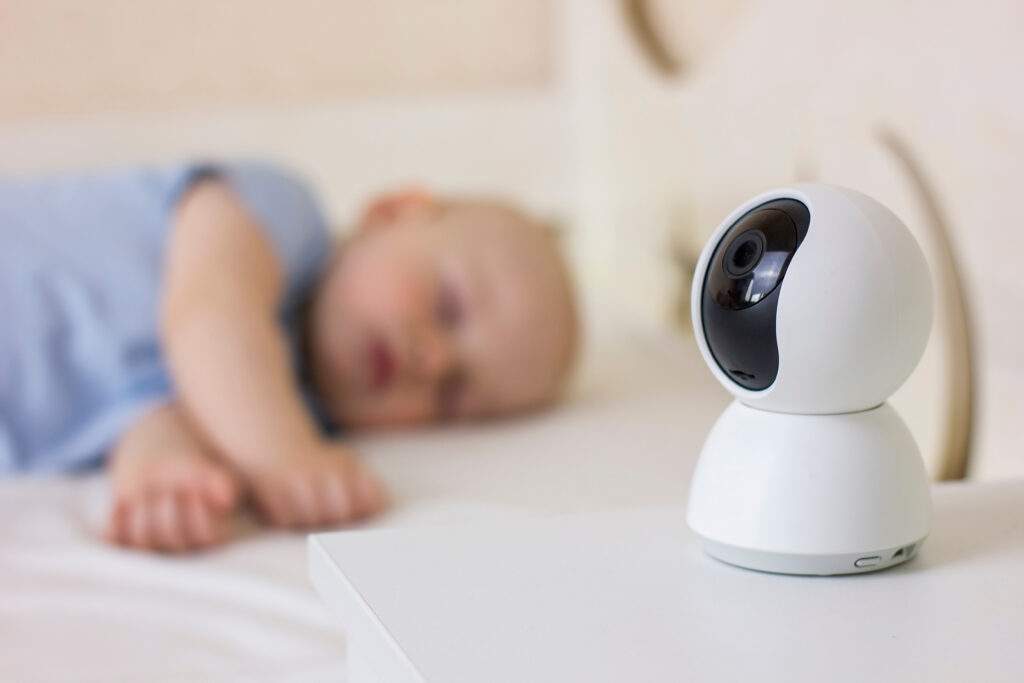
7. Consider The Future
Think about how long you plan to use the baby monitor and whether you might need it for future children. Some models are more durable and have features that grow with your family, such as the ability to expand with additional cameras.
Investing in a versatile monitor now can save you money and hassle down the line.
Wrapping It Up
Choosing the right baby monitor involves understanding your needs, conducting thorough research, and considering your budget. With the right information and a clear idea of what you’re looking for, you’ll find a monitor that offers peace of mind and fits seamlessly into your family life.
Welcome to my blog! I am an activity mom of three and I have over 15 years of experience crafting, writing, designing and creating. My mission is to bring fun, balance and learning to your busy homes with activities, tips, inspiration, and organization!





